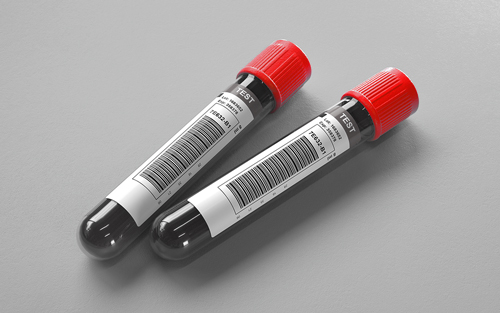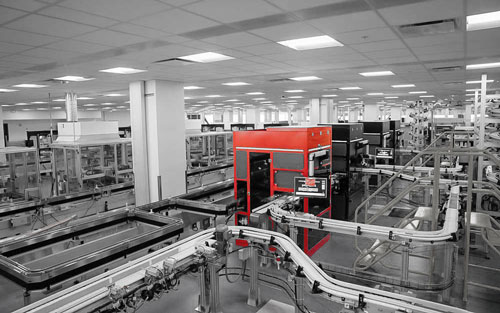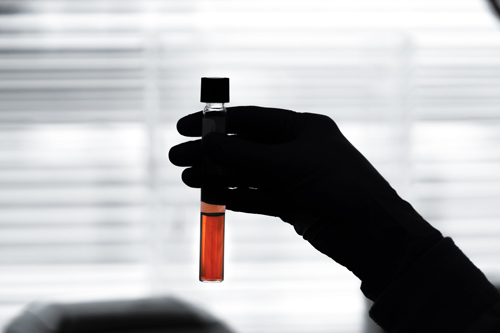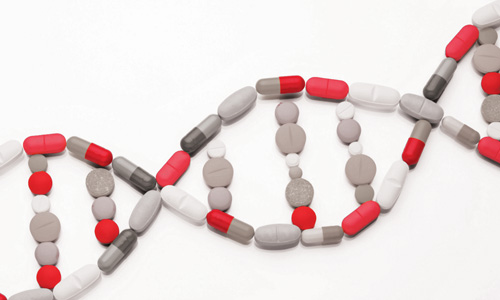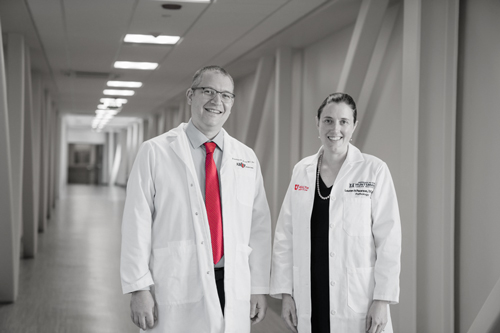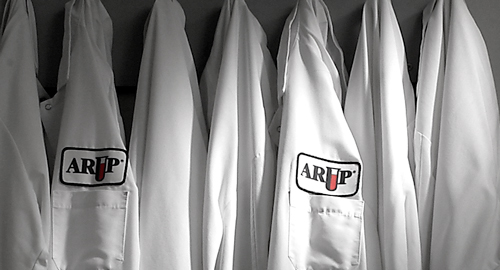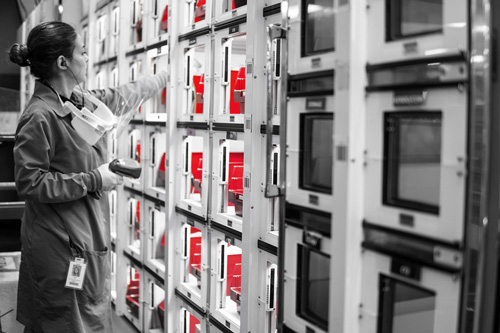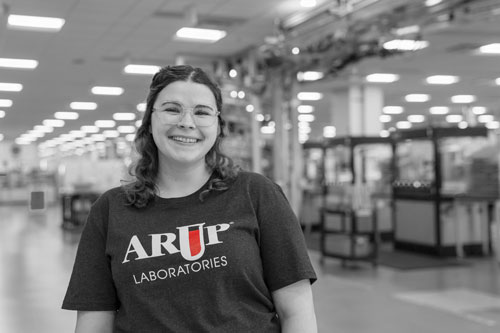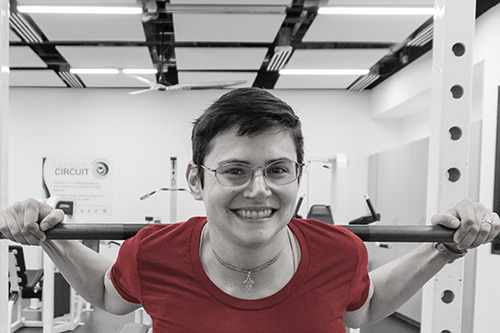By avoiding unnecessary testing, patients and healthcare organizations can save money while still providing quality patient care.
A breast cancer survivor is shown here; a wide range of cancers are tested at ARUP.
Gwen McMillin, PhD, ARUP Laboratories, finds drug backstories: how pharmaceuticals and other substances metabolize in patients’ bodies.
ARUP Scientist Julie Ray, PhD, investigated the effects of certain pain medications on men and women’s hormonal levels.
A new machine/robot called the Data Matrix Scanner is going to automate a lab’s procedures to test for cholesterol particles at high volume and without the messy turns
ARUP has someone working the evening or graveyard shift every day to keep up with the steady flow of incoming specimens and ensure rapid testing turnaround times.
Even when there is no family history of CF, a person can be a carrier without knowing it. Identifying disease-causing mutations by carrier testing may people find out they are a carrier of CF.
Vascular anomalies are often the result of abnormal development in blood vessels. About one in 5,000 people experiences some kind of vascular anomaly, sometimes as an inherited condition.
You may have seen zebrafish in aquariums: small, striped, darting fish, originally found in slow streams and rice paddies in the Indian subcontinent.
There are many strep species, and fortunately, most are treatable with antibiotics. They exist as microscopic spheres and other unseen shapes on and below our own surfaces.
If a genetic disorder is found early in a young child, the person can be monitored and a healthy life may result.
Not all hearts need love (or roses) this Valentine’s Day. Some need blood.

